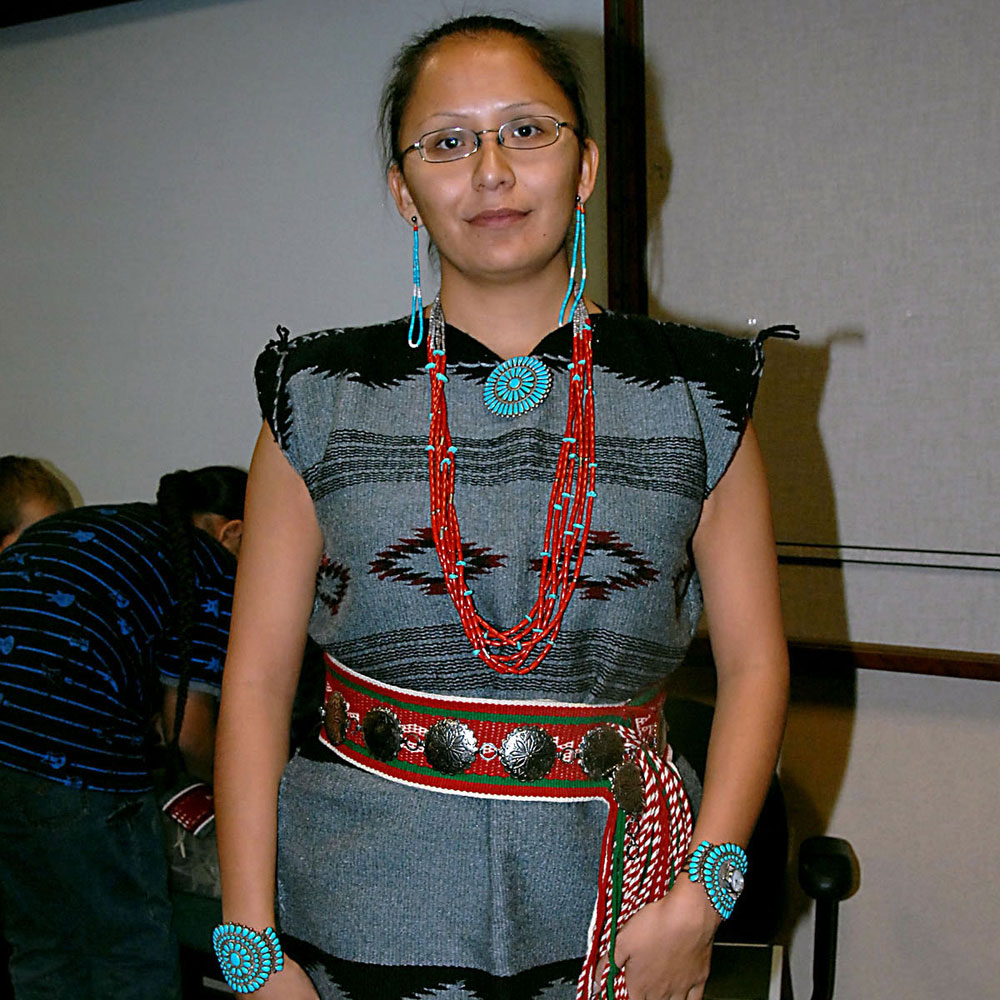
April 21, 2020; Earth Island Journal
“Among Indigenous groups in the United States, the Navajo Nation…has been the hardest hit by the coronavirus outbreak, with 45 deaths and 1,321 confirmed cases” as of the morning of April 21st, reports Fiona McLeod for the Earth Island Journal.
The Navajo reported their first case on March 17th. “Early community spread of the virus in the Navajo Nation has been linked to a gathering of the Chilchinbeto Church of the Nazarene Zone in Chilchinbeto, Arizona in early March,” adds McLeod.
Navajo leaders have been aggressive in their efforts, ordering all residents to shelter in place, and establishing a nightly curfew from 8 pm to 5 am, seven days a week. Recently, the Navajo extended the shelter-in-place order, which had been set to expire on April 26th to May 17th.
Despite these efforts, the pandemic has not been contained on Navajo land yet. “We’re in the hot zone right now,” says Jourdan Bennett-Begaye (Diné).
Like many communities, Navajo hospitals and health clinics face many challenges, including shortages of personal protective equipment and limited tests and testing equipment. In addition, reports McLoed, “this novel coronavirus has already exposed and exacerbated many of the devastating impacts of settler colonialism and capitalism on indigenous peoples.”
“All the painful markers of capitalist colonialism are present right now, in how we’re seeing this impact native communities,” observed Desiree Kane (Miwok), Digital Content Editor/Director of Pollen Nation Magazine, during an online briefing sponsored by Crushing Colonialism three weeks ago.
Sign up for our free newsletters
Subscribe to NPQ's newsletters to have our top stories delivered directly to your inbox.
By signing up, you agree to our privacy policy and terms of use, and to receive messages from NPQ and our partners.
Among the challenges, many Navajo families do not have access to running water or electricity, making it difficult for individuals to wash their hands regularly. Access to healthcare is also limited, with some Navajo living up to 85 miles away from the nearest clinic. “Long distances from hospitals,” notes McLeod, “can have a huge impact on how soon a patient can get access to critical care for an illness that can rapidly change from mild to extremely severe.”
Communications are also a challenge. Kate Groetzinger of local public radio station KUER reports that according to Walter Haase, general manager of the Navajo Tribal Utility Authority, “Only 40 percent of homes on the Navajo Nation are online.” The utility’s network covers two-thirds of the reservation, which is roughly the size of West Virginia, but less than half of the population is online because of the high poverty rate.
“The per capita income of our folks is about $10,700. So even though our internet ranges from $30 a month to $80 a month, it’s still difficult for folks to afford,” Haase tells Groetzinger.
And the economic shutdown affecting the United States has certainly also shut down economic activity on Native lands. As Bennett-Begaye observes, the Navajo and other Native nations “are trying to figure out how reliant they are on the federal government, and what sources of revenue for their economies they have.…casinos are being closed; education systems are being affected. It’s just everything, at this point.”
In late March, as part of the $2 trillion CARES bill, the federal government did allocate $8 billion to tribal governments in order to support their response to the pandemic, as well as an additional $2 billion to be shared among various associated federal agencies, such as the Indian Health Service, that provide support services for Native communities. But much of that money is held up in red tape, as tribal nations are required to apply to receive the funding. There is also a dispute over the allocation formula. Recently, the Navajo and 10 other tribal nations sued the federal government, arguing that the federal rules favor Alaskan Native corporations (which include non-Native stockholders) over tribal nations in the Lower 48 states.
Just like many state governments, the Navajo acted to implement their shelter-in-place rules and other measures restricting movement in advance of federal guidance. Bennett-Begaye notes that Navajo leaders and community members have also engaged in considerable mutual aid support activity, including organizing donation drives, delivering food and supplies to elders’ homes, sewing handmade masks and protective gear for health workers, and staying connected through social media and online talking- and prayer-circles.
Many challenges remain. Nonetheless, Kane notes that the Navajo’s experience of colonialism and an oppressive federal government may help them to persevere in the current pandemic. “Our communities hold the oldest knowledge of how to survive on this continent,” she observes.—Steve Dubb













